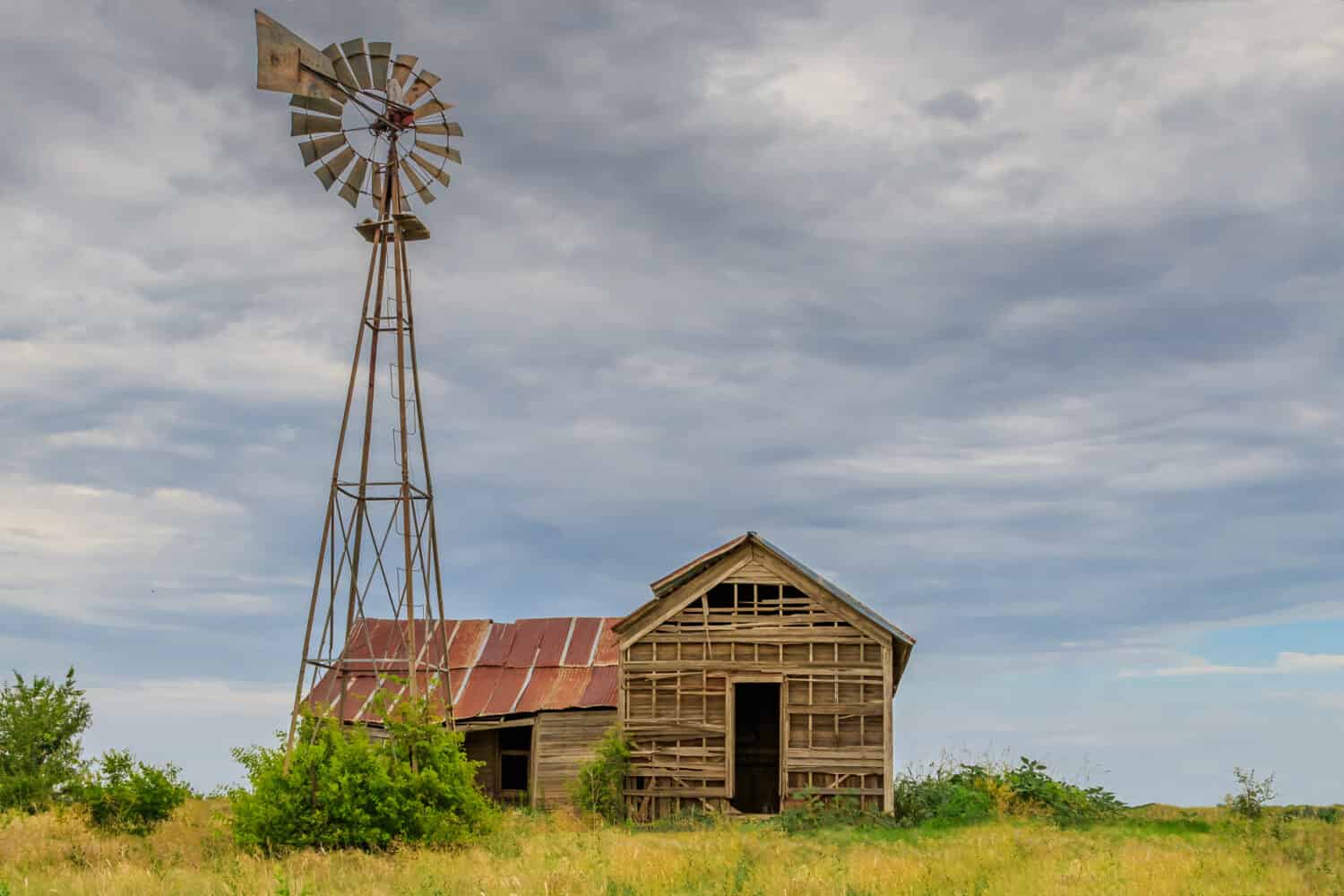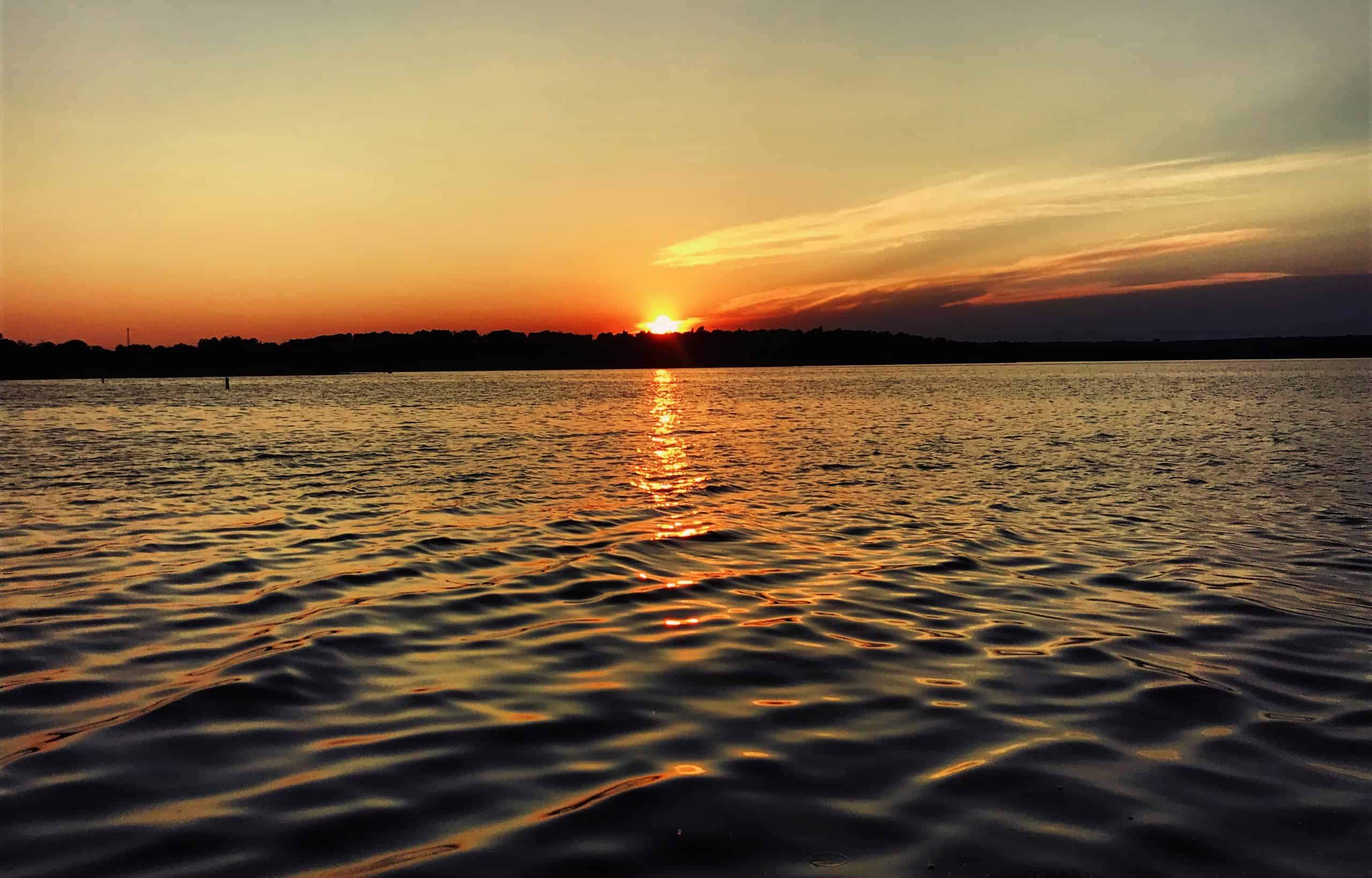The history of Oklahoma is deeply intertwined with Native American culture. Long before it gained statehood, the land was known as “Indian Territory,” where thousands of Indigenous people were forced to relocate. Today, Native Americans strive to preserve their history and culture; the oldest house in Oklahoma is a major part of this goal. The home was owned by a prominent Cherokee man and is nearly 200 years old!

History of Oklahoma
Oklahoma is known for its Native American history. According to the History Channel, historians can trace the Wichita and Caddo tribes in the area back 2,000 years. By the time the first Europeans arrived in the area in the 1500s, the land was also home to the Apache, Pawnee, Quapaw, and Osage tribes.
Spanish explorers living in Mexico were the first some of the first Europeans to set food in Oklahoma. Francisco Vázquez de Coronado traveled through the area but returned to Mexico after failing to find gold on his journey.
In the early 18th century, French explorers claimed the area and established trading partnerships with many of the Native American tribes in the region. In 1803 Oklahoma became a part of the United States with the Louisiana Purchase. It was then known as a part of the Territory of Louisiana.

The flag of the Cherokee Nation was established in 1839.
©Royal Graphics/Shutterstock.com
Indian Removal Act
In 1830 President Andrew Jackson signed the Indian Removal Act, which forced a number of indigenous tribes to give up their land and relocate to the “Indian Territory” in modern-day Oklahoma.
The main groups impacted by this act were the Cherokee, Muscogee, Choctaw, Chickasaw, and Seminole tribes. These groups lived on coveted land in the states of Georgia, Tennessee, Alabama, Mississippi, and North Carolina.
The United States forcefully removed Native American tribes who refused to relocate. On the lengthy journey to the Indian Territory, thousands of Indigenous people died of disease, exposure, and malnutrition.
Statehood
Although the indigenous tribes were promised that they would continue to own the majority of modern-day Oklahoma, they were eventually pushed to the eastern half of the state. The western portion became the Territory of Oklahoma.
During the Oklahoma Land Rush of 1889, auctions gave away more Native American land to white settlers. By 1905 all Native American land was opened to settlement.
In an attempt to preserve their territory, Indigenous tribes proposed a separate Native American state called Sequoyah, which Congress refused to consider. In 1907 the Indian and Oklahoma Territories combined to form the state of Oklahoma and joined the Union.
Modern and 20th Century Oklahoma
In the 1930s, Oklahoma suffered through a massive drought. Strong winds swept over the dry, overfarmed land, transforming much of the state, among others, into the “Dust Bowl.”
Refugees from Oklahoma and the other Dust Bowl states eventually fled westward in search of a better life. However, The Great Depression of the 1930s negatively affected every state in the country.
Today modern-day Oklahoma is known for its Native American heritage, cowboy culture, and beautiful natural landscapes, such as the Black Mesa area. The state also produces a large amount of iodine, oil, and gas.

Oklahoma is one of the states that suffered the most during the Great Depression and the Dust Bowl
©Richard G Smith/Shutterstock.com
Origin of the Oldest House in Oklahoma
The oldest house in Oklahoma is Sequoyah’s Cabin near Akins, OK. The cabin was built in 1829 and served as the home of a prominent figure in the Cherokee nation until 1844.
Sequoyah (sometimes known as George Gist) was born in modern-day Tennessee around the year 1778 to a Cherokee mother named Wurteh, according to the Oklahoma Historical Society. He was the son of either a Virginia soldier named Nathaniel Gist or a Dutch peddler named George Gist.
In 1814 Sequoyah fought in the Battle of Horseshoe Bend against the Red Stick Creeks. Before moving to the Indian territory he lived in Arkansas and Willstown (Fort Payne), Alabama.
Sequoyah is famous for creating a written language for the Cherokee Nation. Though he initially attempted to create a symbol for every word, Sequoyah instead settled on a symbol for each sound in the Cherokee language.
Eventually, he came up with eighty-six sounds and presented his work before the Cherokee Council. In 1824 the council awarded Sequoyah a medal “as a token of respect and admiration for . . . [his] ingenuity in the invention.”
Sequoyah’s Cabin
By 1829 Sequoyah had left Arkansas and settled near present-day Sallisaw. There he took up residence in a cabin that is still standing to this day. According to the National Park Service, the cabin was constructed from hewn logs and is typical of a frontier home.
Sometime before 1936, the cabin suffered extensive damage to the roof. However, the roof and floors underwent minor restorations and the State of Oklahoma eventually constructed a shelter of brick over the original structure to protect it.
Location
Sequoyah’s Cabin is located in Sequoyah County near Akins, OK. The county is located on the eastern side of the state and borders the state of Arkansas. It is named after Sequoyah, who created the Cherokee syllabary.
Visit Sequoyah’s Cabin
Today Sequoyah’s Cabin is located within a 10-acre site known as Sequoyah’s Cabin State Park. The cabin is also listed on the National Register of Historic Places. Sequoyah’s Cabin Museum has been maintained and furnished to appear as it did nearly 200 years ago. The museum lies in a park owned by the Cherokee Nation in Sallisaw, OK. Admission to the cabin is free, and it is open to explore Tuesday – Saturday from 10 a.m. to 4 p.m.
Other Points of Interest in Sequoyah State Park
Visitors at Sequoyah State Park should certainly check out the historic cabin, but there are a number of other activities available. According to Travel Oklahoma, the state park contains over 19,000 surface acres of water and 225 miles of shoreline on Fort Gibson Lake. The area is perfect for boating, fishing, picnicking on the shore, and more.
For those looking to stay a little longer, The Lodge at Sequoyah State Park offers 104 renovated guest rooms and 45 cottages. Visitors can also enjoy RV and tent camping at several different areas in the state park.
Other activities include teeing off at the Sequoyah State Park Golf Course — a nine-hole course with Ultradwarf Bermuda grass greens and beautiful lake views. Adventurous guests can even visit the Sequoyah Riding Stables. Explore the scenic state park on horseback and take in all its natural wonders.

Sequoyah State Park includes 225 miles of shoreline on the beautiful Fort Gibson Lake.
©iStock.com/Evan Fuji
Three Forks Nature Center
The Three Forks Nature Center is a hidden gem for wildlife lovers. This location contains interpretive displays on native flora and fauna. It has also become an important home for rescued animals. For example, in 2021 the Tahlequah Daily Press announced the arrival of two new animals.
One was a bobcat named Blue Berry who was a legal pet and had developed bladder stones. Another was a red fox named Ruby Taylor who previously lived at the Noble, Oklahoma, WildCare Foundation. Though this foundation typically releases animals back into the wild, they were unable to do so with Ruby, who had already imprinted on humans.
While exploring the Three Forks Nature Center, the knowledgeable staff can help visitors learn more about the area’s native wildlife. You can also make a food donation, which the staff relies on heavily to feed the animals. The Three Forks Nature Center is open Tuesday through Sunday, starting at 10 a.m.
Thank you for reading! Have some feedback for us? Contact the AZ Animals editorial team.








